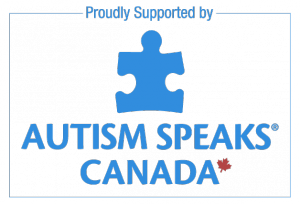Filmed October 2011 – edited into 4 parts; total 129 minutes
Key Information for Parents of Children with Diverse Needs
This video reviews the important sections of the B.C. School Act and documents issued by the B.C. Ministry of Education. The information will increase understanding of how to become an effective advocate and is relevant for children with a range of abilities and skills from kindergarten to school completion. You will receive tools to collaborate with school personnel to develop an appropriate educational program that considers the unique needs and abilities of the child, regardless of diagnosis
This video includes links to:
- Important resources such as the laws and guidelines that Dr. Jacobsen refers to
- Forms to help you prepare for and keep records of meetings
- Glossary of terms
- Sample IEPs
About the Presenter
Dr. Suzanne Jacobsen is well known to professionals and parents across BC for her exceptional range of expertise as a diagnostician, educator, psychologist and behavior consultant. She has lectured across North America and in Asia on various aspects of autism treatment. A registered psychologist and certified teacher, Dr. Jacobsen is a Board Certified Behavior Analyst, a certification that is becoming increasingly valued in the autism field. Her mentor is Dr. Vincent Carbone and she is particularly interested in how the Verbal Behavior approach to Applied Behavior Analysis can be used in high quality, cost-effective autism treatment programs. Dr. Jacobsen is Clinical Director of ABA Learning Centre. She is a member of the Advisory Council of ACT.
Part 1: Autism in the School System (1:09:43)
- Website: BC Laws
- Website: B.C. MOE, Special Education
- Website: MOE Special Education Resource Documents
- Glossary of Term (pdf)
Part 2: Understanding the Student with ASD (1:15:03)
- PDF: MOE Special Education, ASD definition
- Article: Tests and Measurements for the Parent, Teacher, Advocate and Attorney (Wright & Wright, 2007)
- Article: Test Scores (pdf)
- Considerations for reporting (pdf)
- Understanding assessment findings (pdf)
Part 3: Working Collaboratively (1:12:49)
- PDF: Develop an IEP (see page 12)
- Website: IEP Planning for students with diverse needs
- Sample IEP – Academic (pdf)
- Sample IEP – Behaviour (pdf)
- Sample IEP – Language (pdf)
- Sample IEP – Physical (pdf)
Part 4: Know your Child’s Rights: Being an Advocate (58:34)
- What can a parent do? (pdf)
- Form: Preparing for a Conference (pdf)
- Form: Keeping a record of every meeting (pdf)
- Tips for parents advocacy (pdf)
- Article: Meeting the Challenge (pdf)




